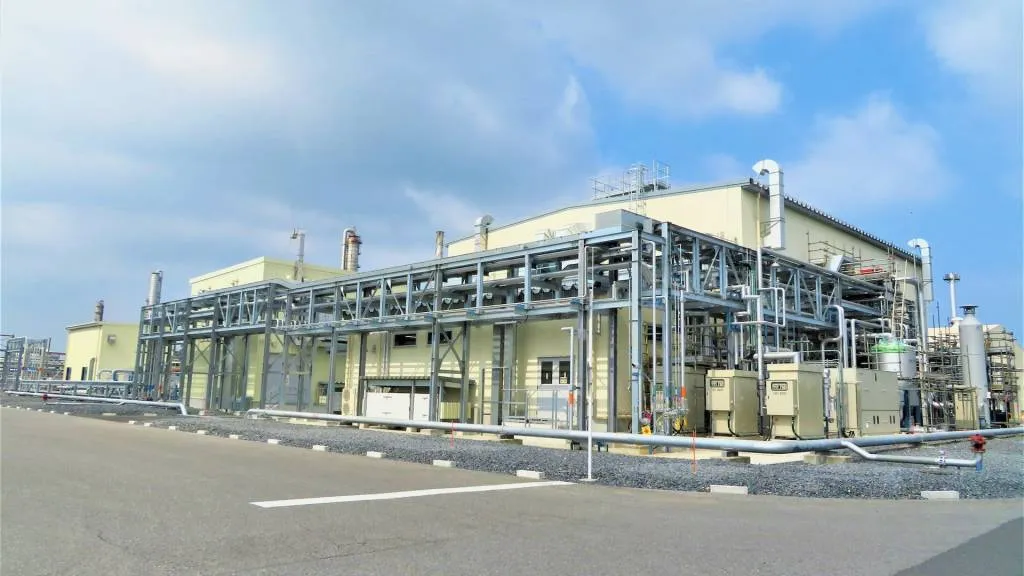Toyota is partnering with Japanese oil company Idemitsu Kosan to move solid-state EV battery tech closer to production.
The partnership will progress through three phases, the two companies said in a joint announcement Thursday. The first phase will focus on development of sulfide solid electrolytes (the solid electrolyte is where solid-state batteries get their name), with production at a “large pilot facility” constructed and operated by Idemitsu in phase two.
Solid-state battery electrolyte developed by Toyota and Idemitsu
The sulfide solid electrolytes will be incorporated into future Toyota production EVs, according to the automaker. Toyota just last month laid out the timeline a little more specifically for solid-state tech—that it will be ready for “commercial use” by 2027 or 2028. It reiterated that timing here.
In phase three, both companies will study “full-scale mass production and commercialization,” according to Toyota, scaling up from the level of production planned for phase two.
Several automakers and battery firms are developing solid-state batteries. For Toyota, the main anticipated benefit is faster charging. It’s anticipating 10-minute charging from 10-80%, which could revolutionize the EV sector—and allow batteries to be smaller. With very fast charging, drivers won’t need to rely on range as much, making larger packs unnecessary.

Idemitsu small-scale battery plant for solid-state battery electrolyte
Toyota and Panasonic have led in solid-state battery patents, and the two companies have been battery partners on some projects. In 2020, a Toyota executive said the automaker had prototype solid-state battery cells in a “running concept vehicle.” At the time, the automaker anticipated limited production of solid-state cells by 2025.
In addition to pushing back the timeline, Toyota has given out some conflicting signals on what kind of vehicle will debut the tech. Last year it said solid-state batteries would debut in a hybrid, but more recent press materials discuss EV applications.
Read the full article here



